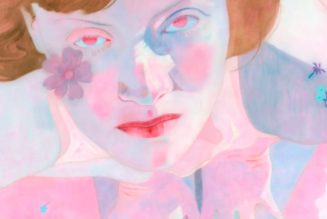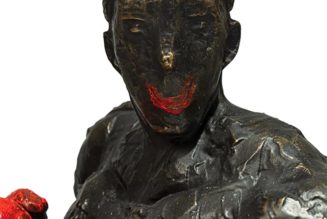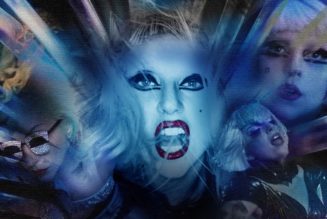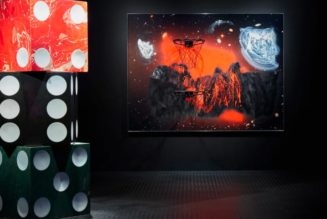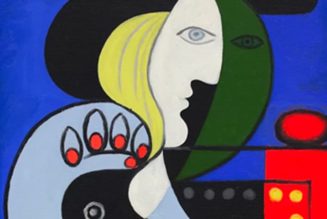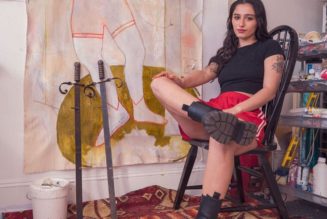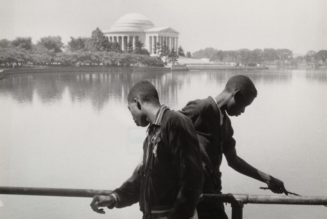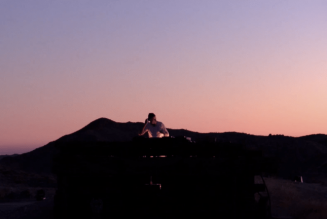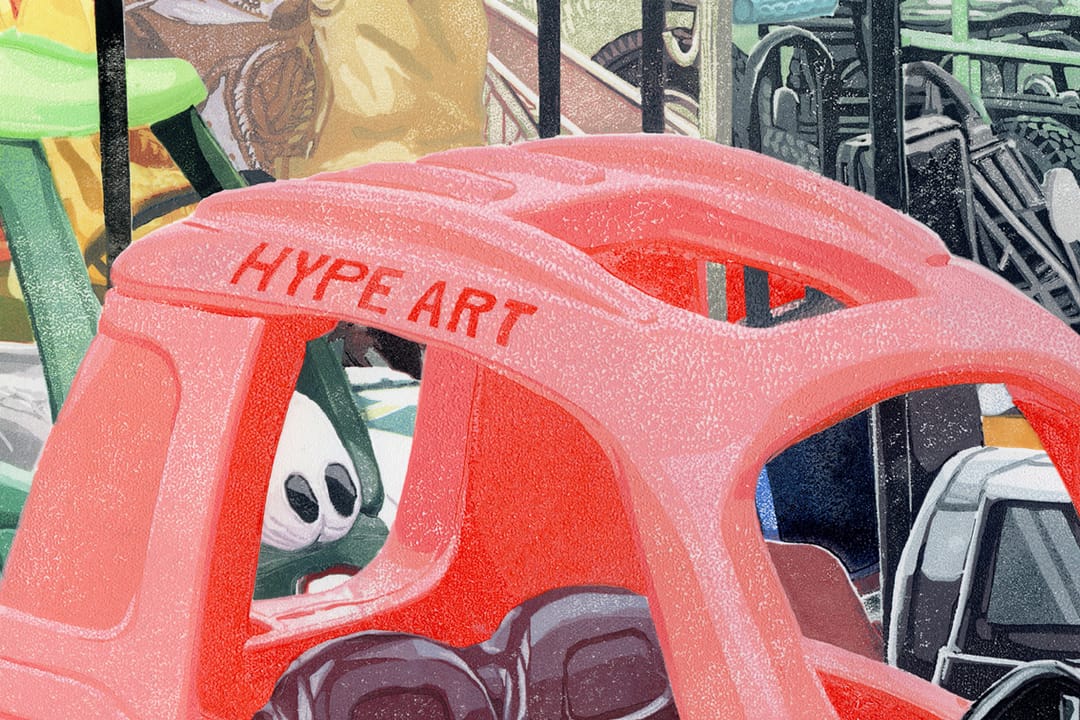
“I’m really interested in saturation and excess.”
Tell me a little about your formative years and the early influences that seep back into your work today?
Like a lot of kids in the early 2000s, my entry point into art was through video games and their packaging. I would read the instruction manuals during long car journeys from front to back, staring at every little illustration. Content was sparse back then and every picture meant so much. It all felt incredibly realistic, but it obviously wasn’t, and that duality left an indelible mark which greatly informs my practice today.
As I started secondary school, I had this innate patience for creative activities, but it never quite extended to learning the intricacies involved. Instead, I would bulldoze in and elect to improvise, often with mixed results, but in doing so, led to a lot of experimentation. I filmed little comedic sketch videos with friends in public spaces and I constructed detailed cardboard advertising hoardings for kickabouts on the field, all in an attempt to add authenticity to what I was doing. Above all else, that veil of realism is the feeling I’ve always tried to capture.
Social media is frantically rapid, whereas linocut printmaking is slow and requires meticulous precision. How did you first gravitate towards this art form and what do you think sets it apart from other mediums, such as drawing or painting?
My introduction to lino was completely arbitrary. A tutor on my foundation course simply suggested it as an alternative to painting – so I took some kit home and intuitively started cutting the linoleum with some scissors to try and include more color. It was hard to cut, but I persisted. It felt like the right thing to do.
I did a lot of painting before that but I never understood when to stop and this caused a lot of unnecessary doubt. It’s small, but for all lino’s effort and complexity, I really appreciate its distinguishable end point.
How would you define your own practice?
A lot of my work has a gentle, nostalgic quality which I would attribute to the pastel palette I adopt and the tired and unremarkable subject matter I tend to select.
Photography plays a substantial role within my practice, arguably greater than lino does at times. I occasionally feel like a photographer who’s bizarrely embraced linocut rather than an illustrator who’s adopted photography.

